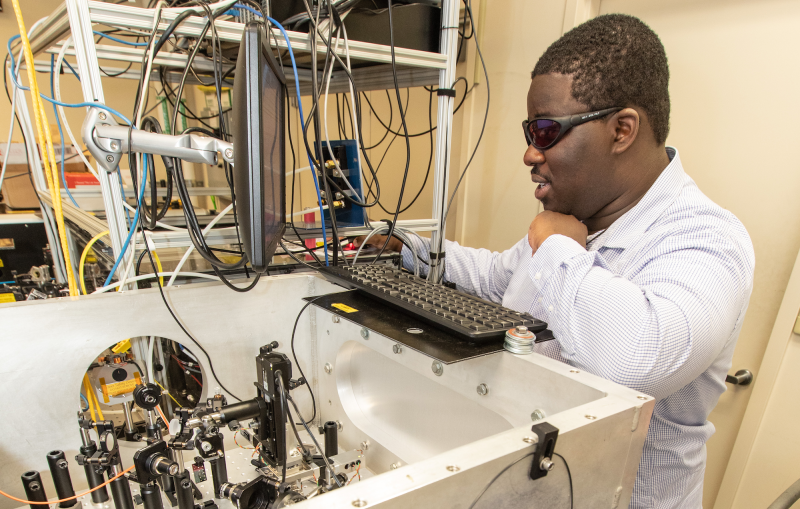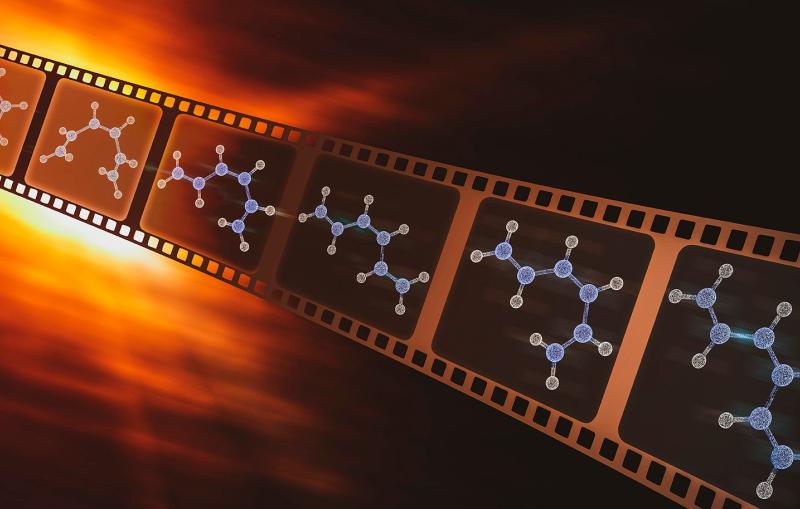Hitting molecules with two photons of light at once set off unexpected processes that were captured in detail with SLAC’s X-ray laser. Scientists say this new approach should work for bigger and more complicated molecules, too, allowing new insights into...



